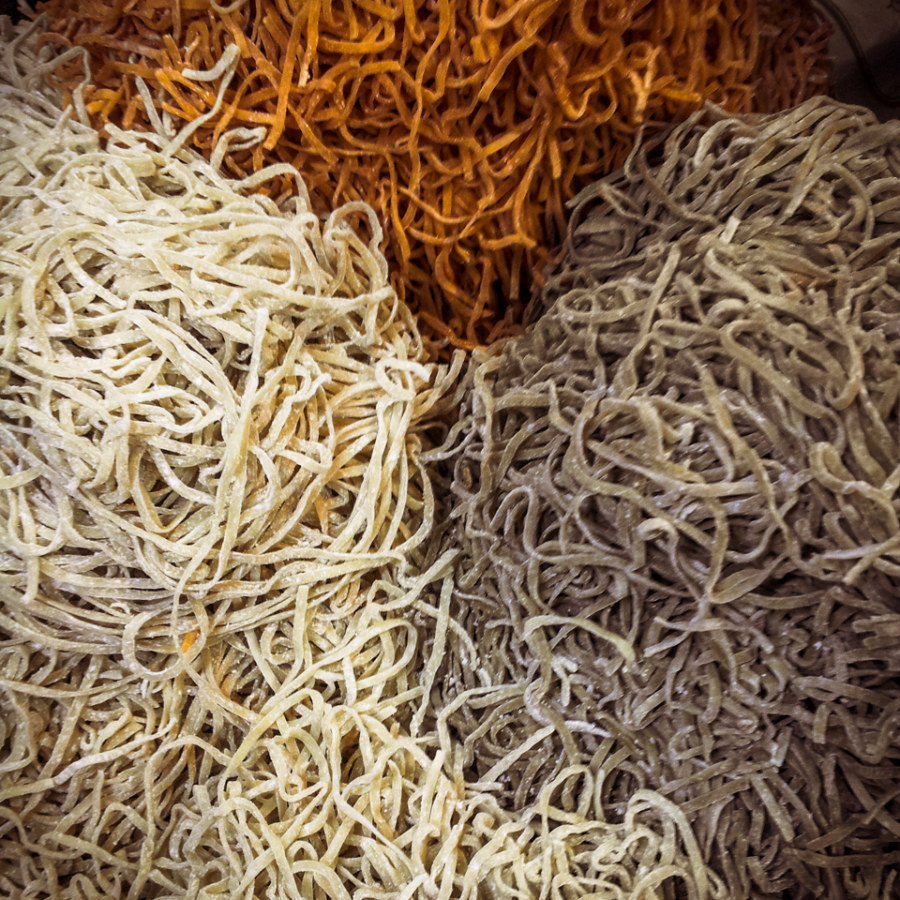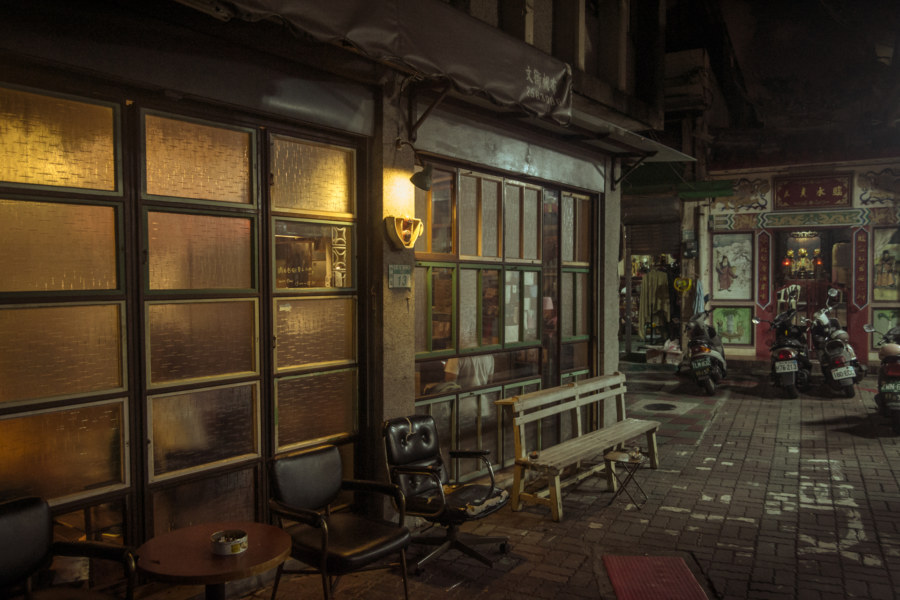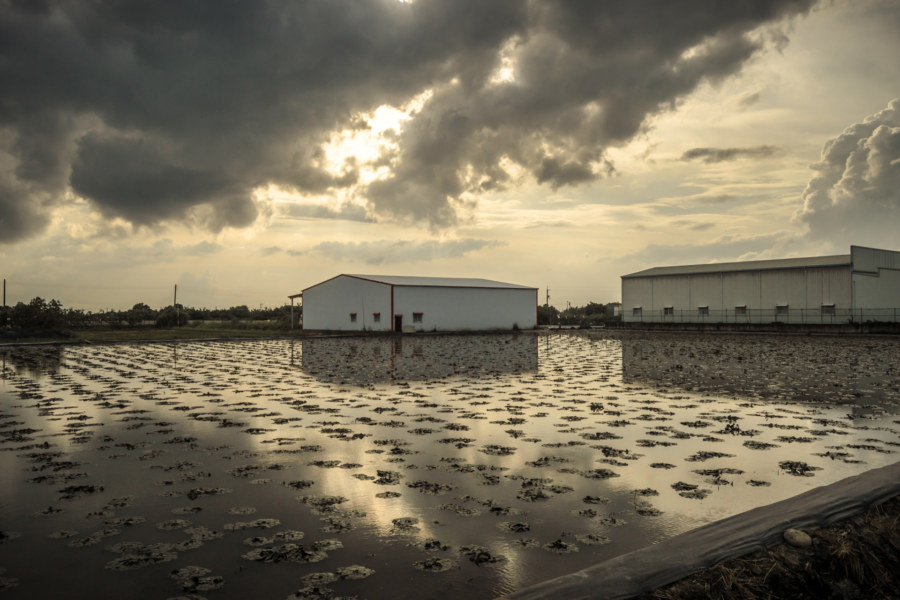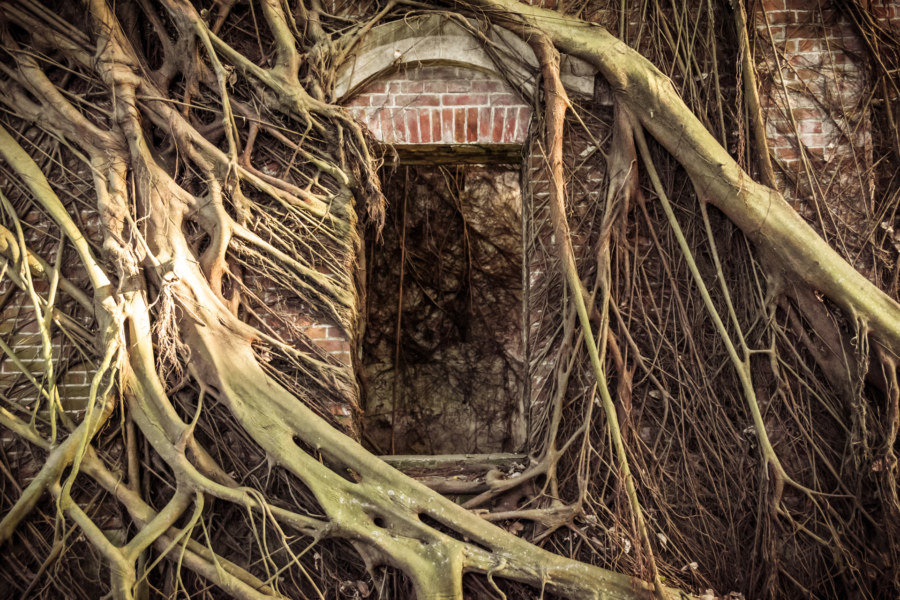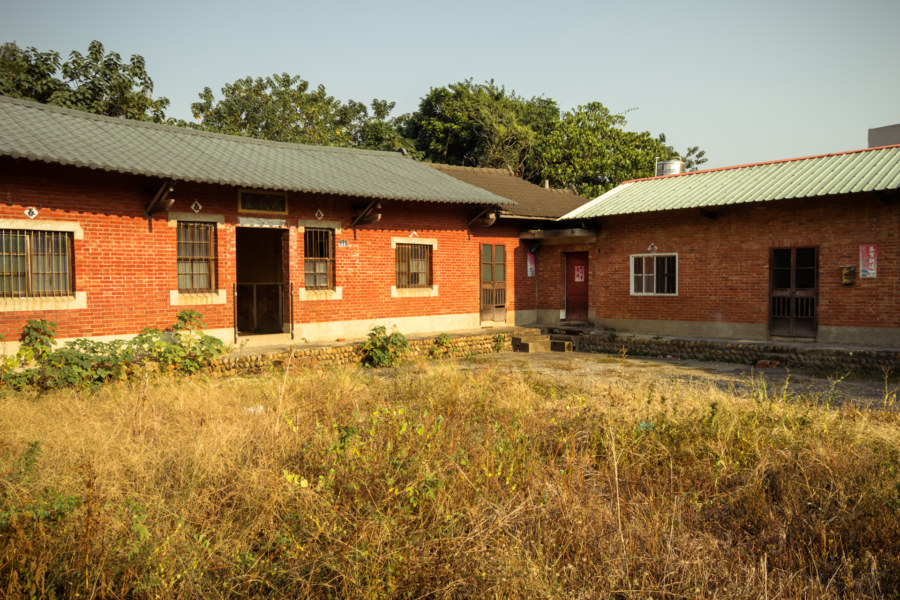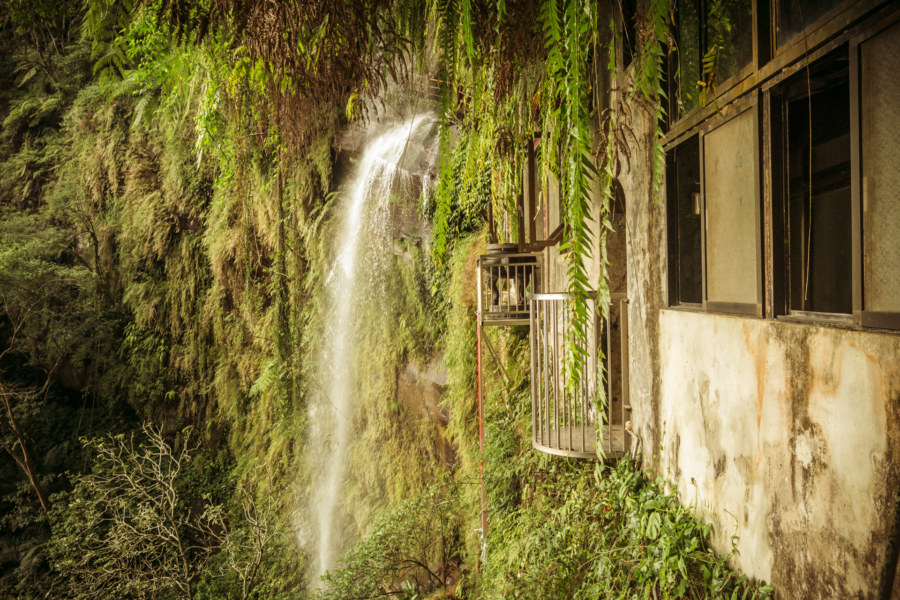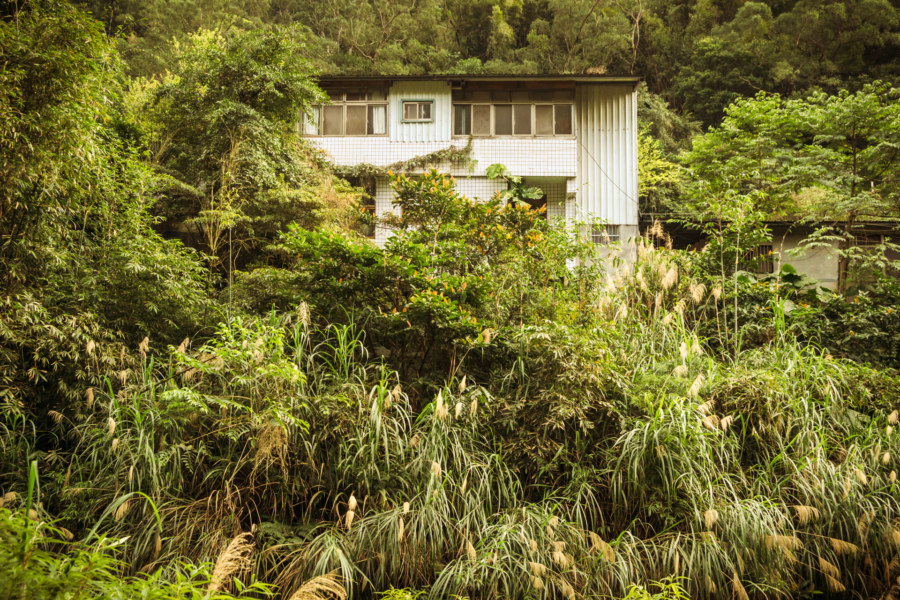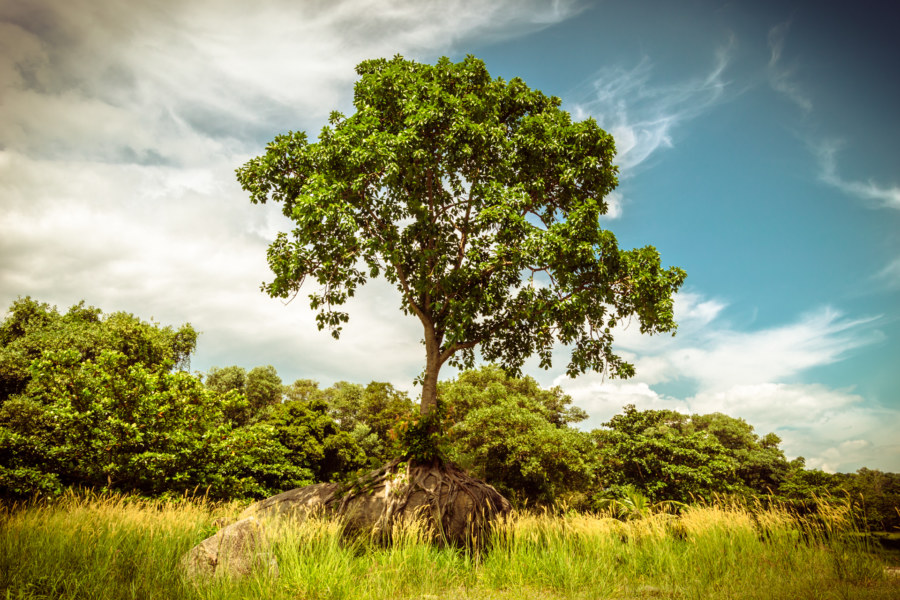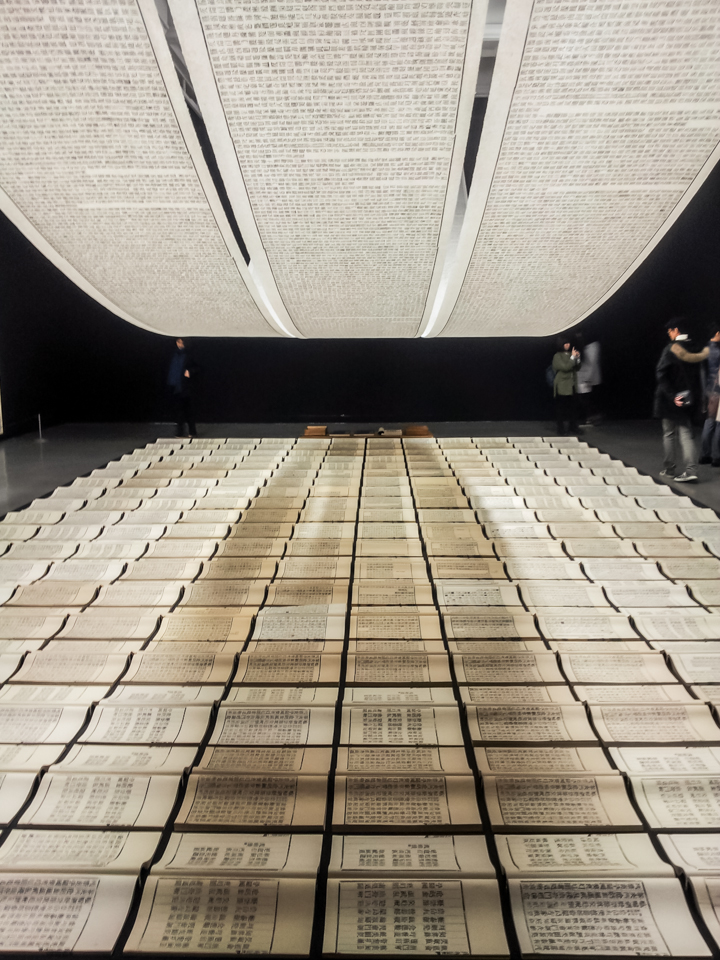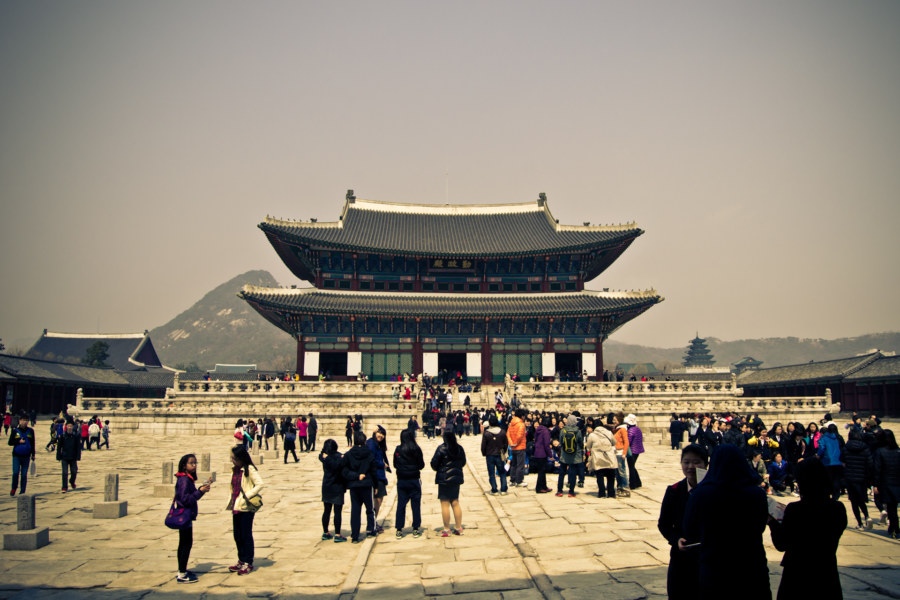Tainan is known throughout Taiwan for its food—but deciding where to eat can be somewhat daunting, especially for anyone who doesn’t very much Chinese. There are literally thousands of restaurants to choose from—in addition to the many night markets scattered around the city. Taiwan, like any highly digital and developed nation, has a vast number of restaurant reviews online, but it isn’t practical to sift through all those reviews without some degree of fluency (or a lot of patience with the shoddy state of machine translation). And, to be honest, I would much rather know how to find good food than read specific restaurant reviews. I didn’t know much about Tainan’s cuisine when I moved there for three months last spring—so with this post I mean to give you the benefit of my experience as a mostly illiterate foreigner attempting to hack the system and eat well in Taiwan’s historic old capital.
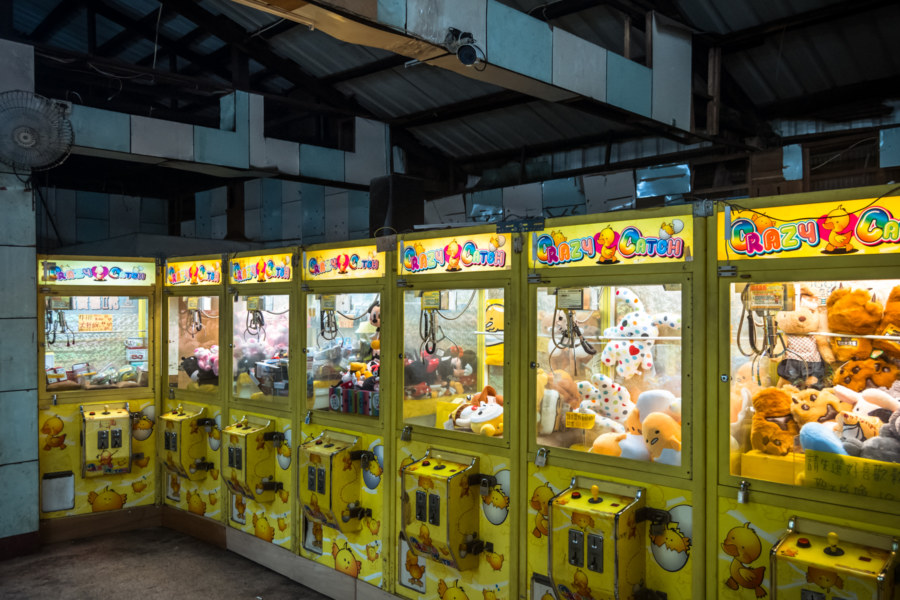
Anything that doesn't really fit anywhere else. The odds and ends, miscellaneous leftovers and random junk.
Subterms
Tainan Working Cafes
Note: this post still receives a fair amount of traffic but it is very out of date. It was only current back in 2014, when it was published. Keep that in mind when reading these recommendations!
What follows is a short list of serviceable working cafes in and around downtown Tainan. What do I mean by a “working cafe”? I mean a cafe where students, freelancers, and remote workers will find the things they need to dig in for an extended period of time and get some work done. My criteria for a good working cafe: decent coffee, the availability of snacks or light meals, comfortable seating, wireless connectivity, unobtrusive music, reasonable prices, long opening hours, welcoming staff, and an ambiance conducive to creative work, especially programming. Of course, it helps if a cafe looks nice too!
A Long Ride From Tainan to Changhua
I have been working very hard these last few weeks—a little too hard, at times. To break the monotony of laying code every day I elected to go for a proper ride yesterday. Since moving to Tainan I haven’t gone on any long rides whatsoever—so I geared up for a day on the road, preparing for almost any eventuality. I had several destinations in mind such as the badlands to the east of the city but struck out to the north on a whim, intending to make it to at least Chiayi City by sundown.
Minxiong Liu Family Mansion 民雄劉家洋樓
The Liu Family Mansion (劉家古厝) in Minxiong, Chiayi, is one of the most famous ruins in all Taiwan. Situated in the countryside just outside of town, this old Baroque Revival-style red brick building is more informally known as the dreaded Minxiong Ghost House (民雄鬼屋). It was built in 1929 for Liú Róngyù (劉溶裕), a businessman with seven children, and appears to have been abandoned sometime in the early 1950s, not long after the end of Japanese colonial rule.
A Traditional Home in Dacun 大村三合院
Today I would like to take you inside an abandoned sānhéyuàn (三合院), a traditional Taiwanese courtyard home. This particular home is in Dacun, a rural township in Changhua, but it is not unique. The Taiwanese countryside is littered with tens of thousands of these old homes, many of which have fallen into disrepair and abandonment over the years. I have given this place a name but it is merely a description of convenience. Chances are it has no formal name.
Yinhedong 銀河洞
Yínhédòng 銀河洞 (literally “Milky Way Cave”) is an extraordinary cliffside temple next to a gorgeous waterfall in the mountains just outside of Taipei. Originally founded in 1914 and extensively renovated in 1958, the temple recently celebrated its centennial, as proclaimed by the red banner draped out front during my first visit in February 2014. In a story that sounds entirely apocryphal, the cave was reputedly a hideout for Chén Qiūjú 陳秋菊, a Shenkeng resident who famously led a rebellion in the earliest years of the Japanese colonial era.
An Abandoned Home on Yinhe Road 銀河路老屋
One fine morning in February 2014 I decided to go out riding. I had seen photos of a beautiful cliffside temple next to a waterfall in Xindian and it looked to be within easy reach of my place in Jingmei. I set out for the highway leading to Pinglin, passing through the sprawl of southern Taipei under the warm winter sun. The roadway began to steepen as I reached the outskirts of the city. Struggling against gravity—but enjoying every minute of it—I ascended into the hills before taking a turn onto Yínhé Road 銀河路 (the literal translation of which is “silver river”, better known to us as the Milky Way).
The Mystic Island of Pulau Besar
One of my stranger day trips in Malaysia was to the mystic island of Pulau Besar in the state of Melaka, better known as Malacca to most English-speaking people. Situated in the Strait of Malacca, one of the world’s most important shipping lanes, the small island of Pulau Besar is steeped in myth and legend. It is also widely considered to be haunted—which partly explains why most of the island is abandoned.
Xu Bing Retrospective in Taipei
In March of 2014 I went to see the Xú Bīng (徐冰) retrospective at the Taipei Fine Arts Museum (台北市立美術館), easily my favourite gallery space in Taiwan. Xu Bing is a Chinese artist working mainly with representations of language, particularly in the context of interactions between East and West. I first discovered him through an article about character amnesia that discussed A Book From The Sky (天書), a work that continues to capture my imagination.
I should warn you: I’m not an art critic and these photos were shot on a cruddy smartphone. If you’d like to peruse something much more informed and professional about this exhibition I recommend perusing the curator’s statement, English language reviews here, here, and here, or this virtual tour. What follows are a few fleeting impressions of my own from a few hours in Xu Bing’s world.
Final Thoughts About My First Trip to Seoul
This post collects my final thoughts about my trip to Seoul, South Korea, in April 2012. To write these posts I have been working from a series of letters I sent home to family and friends as well as some notes I jotted down while still in Seoul. Not everything fit into previous posts but there are a few things I still wish to share. Expect to read an assortment of anecdotes and fleeting impressions from the remainder of my stay in the South Korean capital.
